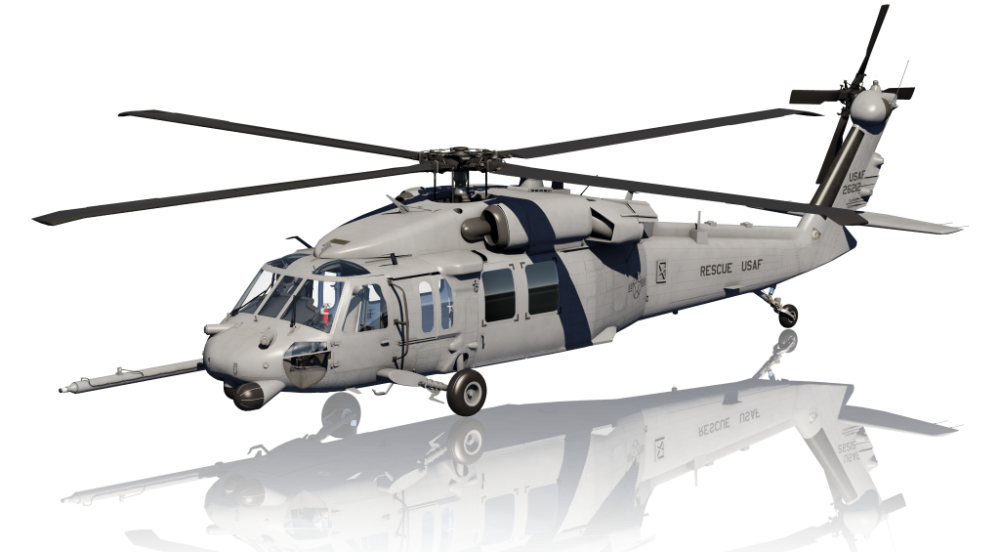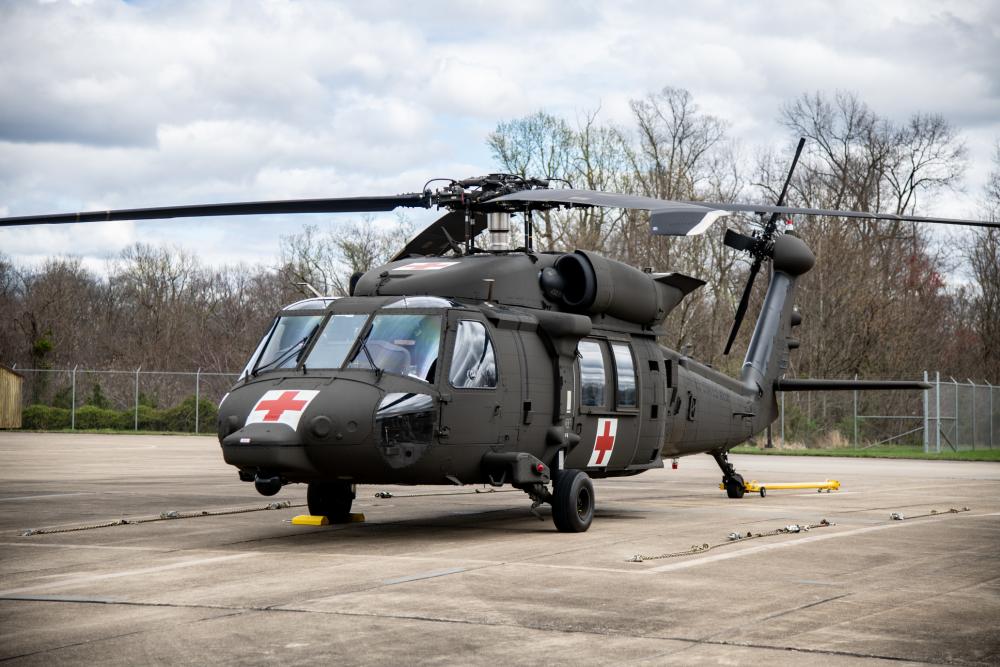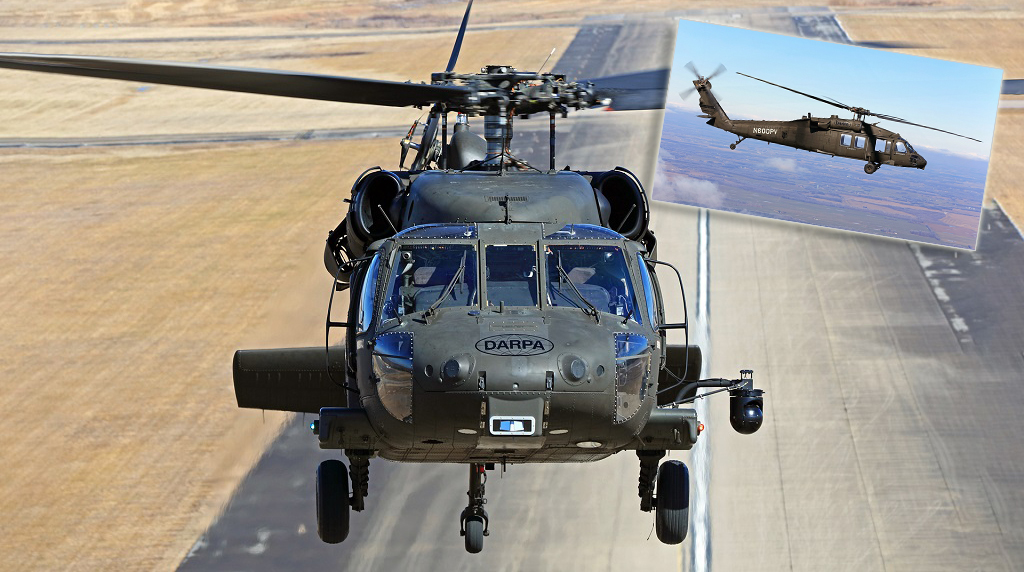The Effect of Lasting Practices on the Future of Airplane Procedures and Emissions Reduction
As the aviation market deals with raising scrutiny over its ecological effect, the adoption of sustainable techniques becomes an important pathway towards future airplane operations and discharges decrease. Advancements in sustainable aeronautics gas and advancements in crossbreed propulsion innovations stand at the leading edge of this change, promising significant reductions in greenhouse gas exhausts. The effective assimilation of these initiatives hinges on a variety of elements, including regulative frameworks and sector collaboration. The concern continues to be: just how will these developing practices reshape the characteristics of flight and add to an extra sustainable future?

Review of Sustainable Practices
Sustainable techniques in aircraft procedures incorporate a range of techniques targeted at reducing ecological effect while keeping operational performance. These practices are essential in the air travel market's commitment to minimizing its carbon impact and adhering to global ecological requirements. Secret initiatives consist of enhancing trip courses to decrease fuel consumption, improving upkeep methods to make sure airplane run at peak efficiency, and carrying out innovative technologies such as winglets and lightweight materials that improve aerodynamics.

Involving and training staff on sustainability techniques also play an important role, fostering a society of ecological duty within organizations. Generally, the integration of these lasting methods not just assists minimize emissions but likewise boosts the long-term viability of the air travel industry, ensuring it satisfies the needs of both clients and governing bodies while adding to global sustainability objectives.
Cutting-edge Fuel Alternatives
Many ingenious fuel options are becoming essential solutions to minimize the aeronautics industry's dependence on typical fossil fuels. Among these choices, Lasting Aviation Fuels (SAFs) have acquired substantial focus because of their potential to decrease lifecycle greenhouse gas exhausts by up to 80% contrasted to conventional jet fuels. SAFs are acquired from numerous feedstocks, including waste oils, agricultural deposits, and even algae, making them a functional alternative for the market.
One more encouraging option is hydrogen gas, which, when made use of in fuel cells, produces just water vapor as a by-product. Additionally, electrical propulsion systems are being explored, leveraging battery innovation to power aircraft.
Last but not least, biofuels originated from biomass are being checked out, supplying a renewable option that can be blended with conventional fuels. Collectively, these ingenious gas alternatives stand for a critical step towards accomplishing a lasting air travel ecosystem, aligning with worldwide emissions reduction targets and boosting the market's environmental stewardship.
Technological Improvements in Aviation

How can technical innovations improve the future of air travel? The integration of innovative innovations is critical in changing aircraft procedures, enhancing effectiveness, and reducing emissions. Innovations such as electrical and hybrid propulsion systems go to the leading edge, encouraging significant reductions in fuel intake and greenhouse gas discharges. These systems leverage developments in battery innovation and power monitoring, enabling airplane to operate with a lower environmental impact.
In addition, the application of sophisticated products, such as lightweight compounds, contributes to improved aerodynamics and gas performance. Making use of man-made knowledge and artificial intelligence in flight procedures enhances route planning and reduces fuel shed by making it possible for real-time adjustments based on weather condition and web traffic problems. Furthermore, the growth of autonomous and remotely piloted aircraft systems stands to change freight and traveler transport, possibly boosting performance while reducing human error.
Furthermore, lasting aviation modern technologies, including innovative air web traffic administration systems, can improve procedures and minimize blockage, leading to reduced discharges during flight. These improvements jointly represent a paradigm shift in air travel, guaranteeing a future where sustainability and operational effectiveness are intertwined, consequently supporting the industry's commitment to lowering its ecological impact.

Governing Structure and Compliance
In light of the growing emphasis on environmental stewardship within the aeronautics market, the regulative framework governing airplane procedures is progressing to promote sustainable methods. Governing bodies, such as the International Civil Air Travel Organization (ICAO) and numerous national air travel authorities, are introducing strict standards focused on reducing exhausts and enhancing operational effectiveness.
These regulations frequently include the fostering of Sustainable Aeronautics Gas (SAF), which has been identified as a vital component in attaining reduced carbon impacts. Compliance with these policies requires airline companies to implement sophisticated modern technologies and functional methods, such as maximized flight paths and improved air traffic monitoring, to lessen gas consumption.
In addition, the enforcement of exhausts trading schemes and carbon offsetting efforts is becoming increasingly prevalent, engaging airlines to monitor and report their exhausts properly. Non-compliance can result in discover this info here significant charges, therefore pushing drivers to prioritize sustainability in their service designs.
Eventually, the advancing regulative landscape not just drives technology and investment in green innovations but additionally my site promotes a culture of liability within the air travel market. As these frameworks continue to develop, the concentrate on lasting practices will be indispensable to achieving the sector's long-term ecological goals.
Future Trends in Aircraft Workflow
As the air travel market adapts to an increasingly rigid regulative environment, future trends in aircraft procedures are readied to concentrate on innovative options that additionally boost sustainability and efficiency - uh 60. Secret growths will likely include the adoption of sophisticated air web traffic management systems, which utilize real-time information and synthetic knowledge to enhance flight courses, decreasing fuel consumption and emissions
Another substantial pattern is the enhanced assimilation of lasting aviation gas (SAFs) These alternatives to standard jet fuel, obtained from sustainable sources, can dramatically lower lifecycle greenhouse gas exhausts. The market's dedication to SAFs will likely speed up as airlines team up with fuel producers to guarantee schedule and cost-effectiveness.
In addition, the push in the direction of electrification and crossbreed propulsion systems is acquiring momentum. Emerging aircraft styles will certainly integrate these innovations, using quieter and much more reliable operations, specifically for short-haul trips.
Verdict
The fostering of sustainable aviation gas, coupled with developments in electric and hybrid propulsion systems, is vital for lessening lifecycle greenhouse gas discharges. Optimizing trip courses and embracing cutting-edge technologies add to a quieter and much more eco friendly aviation sector.
Developments in sustainable aviation gas and developments in hybrid propulsion modern technologies stand at the forefront of this improvement, promising considerable decreases in greenhouse gas exhausts.Various cutting-edge gas options are arising as crucial remedies to minimize the aeronautics sector's reliance on conventional fossil fuels - uh 60. Among these options, Lasting Aviation Fuels (SAFs) have actually gained significant attention due to their potential to reduce lifecycle greenhouse gas discharges by up to 80% contrasted to traditional jet gas.Another substantial pattern this link is the raised assimilation of lasting air travel gas (SAFs) The fostering of sustainable air travel gas, coupled with innovations in electric and hybrid propulsion systems, is vital for decreasing lifecycle greenhouse gas exhausts